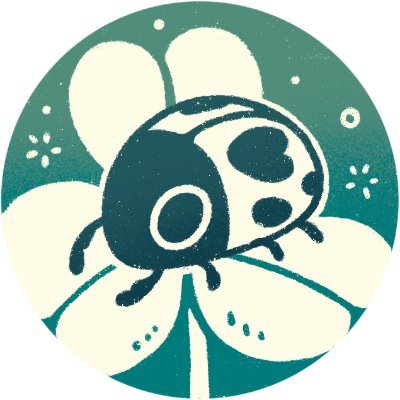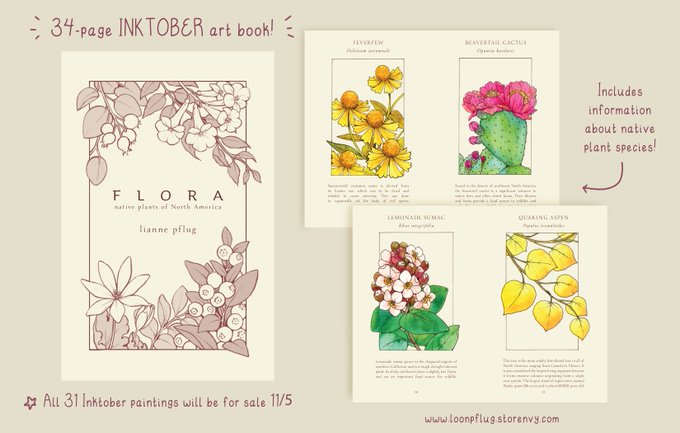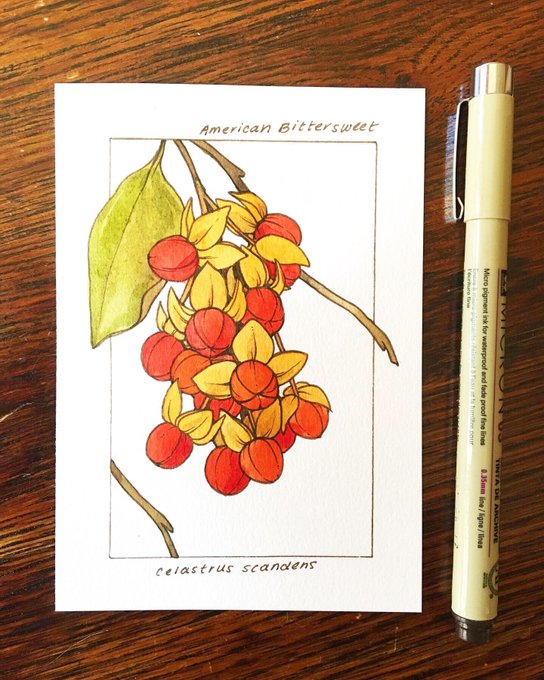(RT pls!💛) im really excited to be opening up botanical commissions again for the holidays, DM me if you're interested in having a custom botanical illustration done for you or a loved one! :^)🌿 i have traditional and digital options available!💫
#Artof2019 this whole year was dedicated to finishing my field guide to forest spirits, available here https://t.co/5G9oqTIkPH 💛 here's a look at some of my favorite pages from the book! it's been so fun working on this project, and im excited to see where 2020 takes me 🌿🌾
(RT!💛) my huge shop update is happening tomorrow 11/5 at 12pm EST!! im opening pre-orders on my very first book, a field guide to forest spirits, my inktober art book, adding new pin and sticker designs, and debuting my new foraging drawstring bags! https://t.co/5G9oqTIkPH 🌿🌾
***cw trypophobia!
#Inktober Day 31 - White Baneberry
White baneberry, also known as “doll’s eyes,” is a toxic plant native to eastern North America. The entire plant is toxic, but it’s striking white berries are the most poisonous part of the plant.
#Inktober Day 24- California Pipevine
This plant is vital to the survival of the California pipevine swallowtail, which feeds solely on the leaves as larvae. When the leaves are eaten by the larvae, it imbues them with the plant’s toxicity, making them unpalatable to predators.
#Inktober Day 23 - Jewelweed
Growing in ditches and along creeks, jewelweed blooms from late spring to early fall and is frequently pollinated by hummingbirds and bumblebees. It has been used as a remedy for skin irritation, most notably for poison ivy.
#Inktober Day 22- Kankakee Mallow
This plant is an endangered species, and is endemic only to the small Langham Island in Kankakee River State Park, Illinois. Although work has been done to raise its population, there are only about 1,000 plants in the wild.
#Inktober Day 21 - American Bittersweet
Not to be confused with its invasive relative, Oriental bittersweet, this woody vine blooms in summer and produces showy red seeds in autumn. While the seeds are poisonous to humans, they are a popular food source among birds!


























